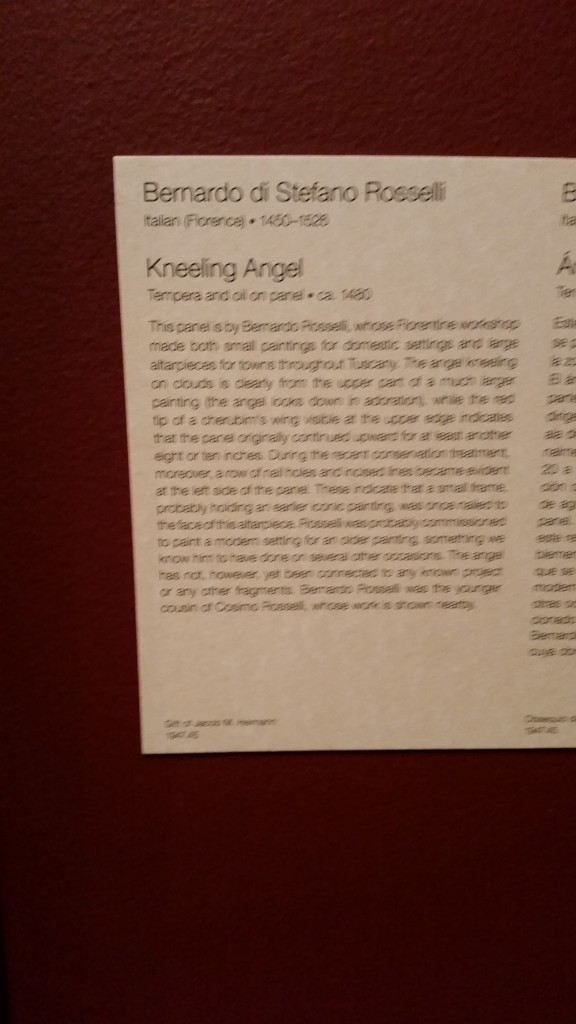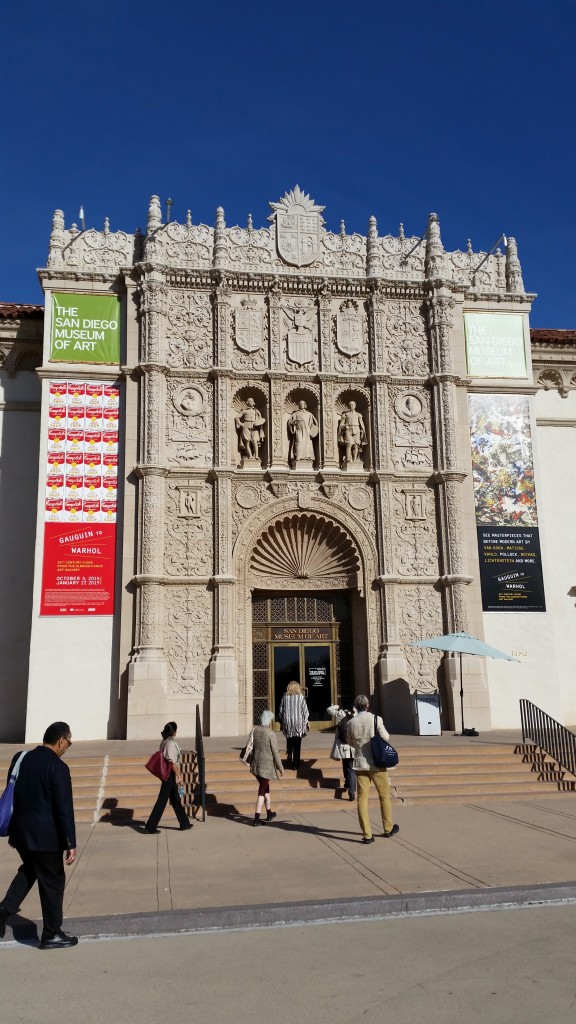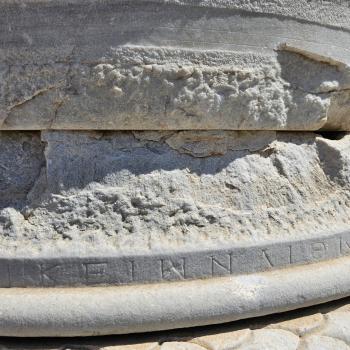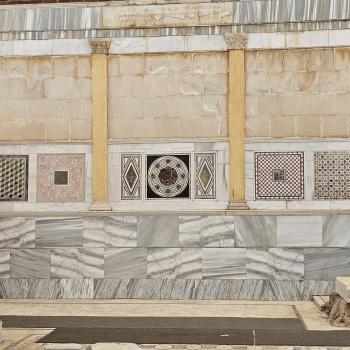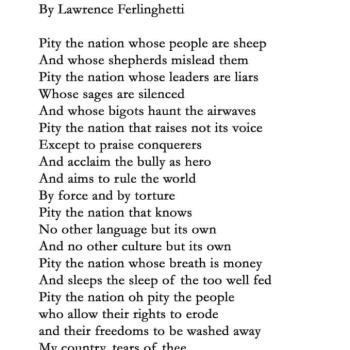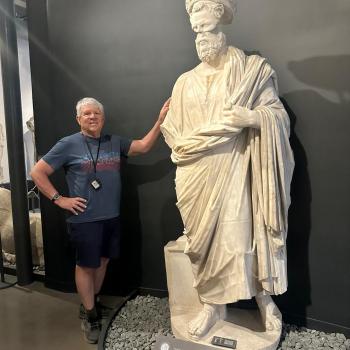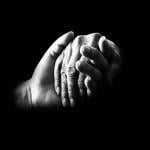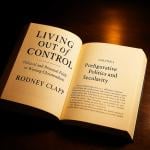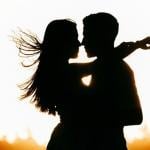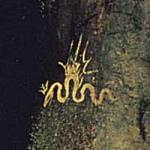It was billed as a tour of Biblical Art in the San Diego Art Museum. Not so much! They had almost no Biblical art (one half statue of a Pharaoh hardly counts). They did have some Renaissance and Baroque Christian themed art, and some Hindu and Buddhist art objects, but alas no Biblical art. False advertizing, but oh well. I should have realized something was likely amiss when the program book said a ‘decent led tour of Biblical art’ when it was supposed to say a docent led tour…..’ When you get to the museums in Balboa Park you may as well take them in. Here is the entrance way to the San Diego Museum of Art.
As it turns out, this museum is quite small, with about 16 small rooms on two floors. On the main floor and to the right of the entrance is a collection of Hindu and Buddhist items, interesting even to the Bibliophile because they reflect the influence of Greco-Roman culture…. so for example here is a Buddha with a Roman toga on!
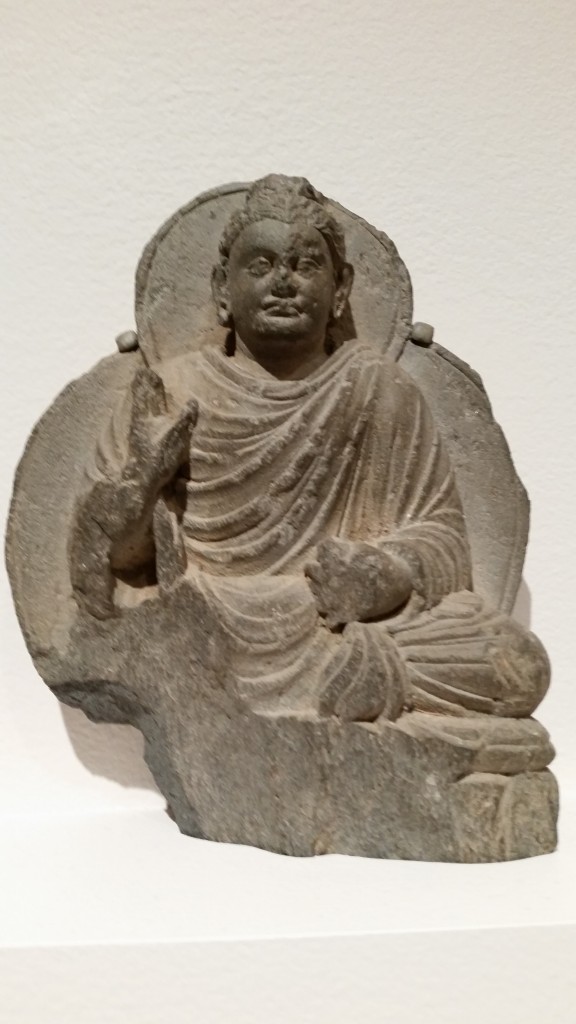
And here is Buddha and his buddies looking particularly Roman, with Hindu figures writ small.
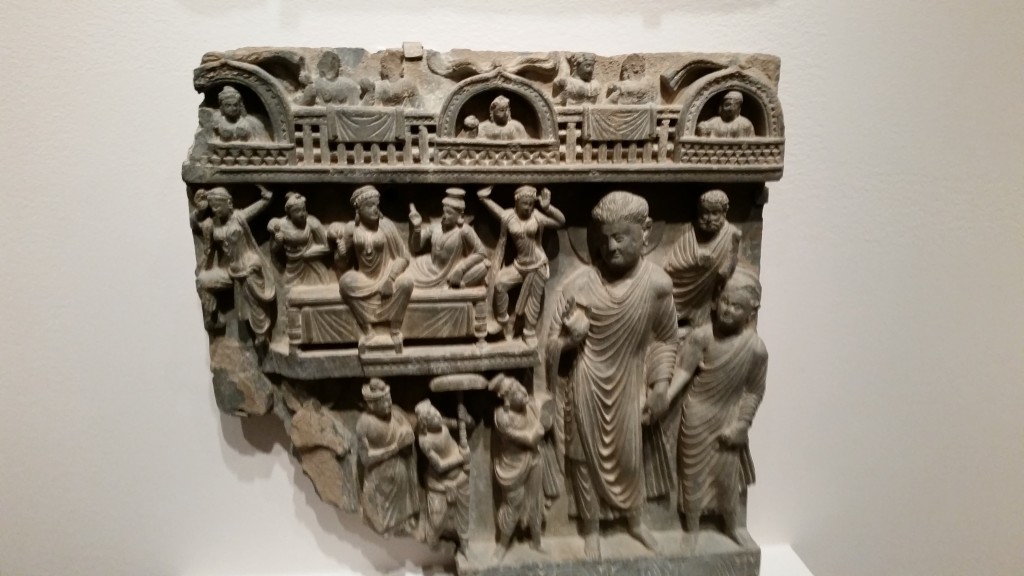
There is a nice small statue of Theseus slaying the minotaur as well.
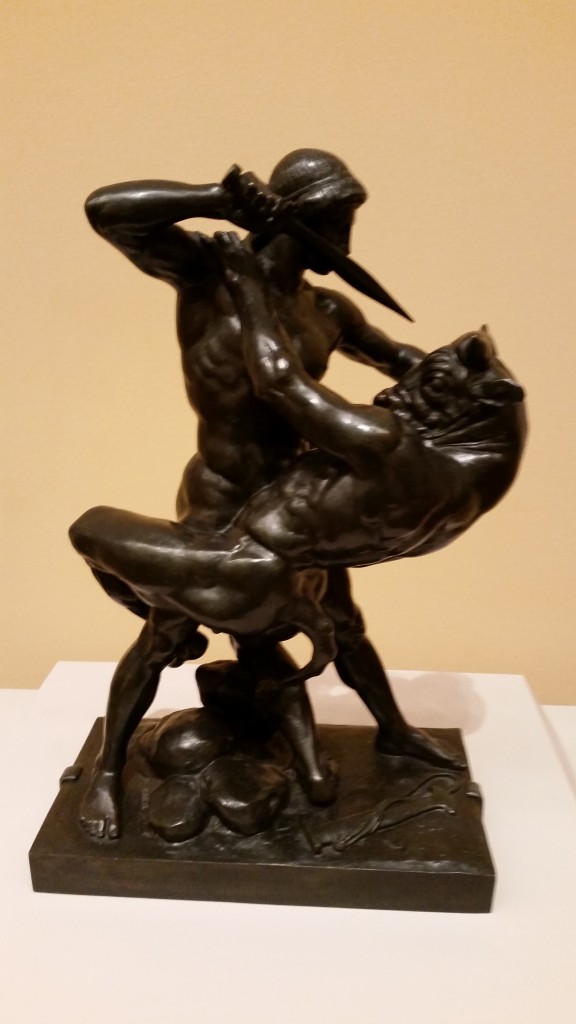
Perhaps you know the story of the King of Crete demanding that seven maidens and seven young men be sacrificed to the minotaur each year, that is until an Athenian youth posing as one of the boys to be sacrificed killed the beast. This statue is by Antoine-Louis Barye, a French sculpture of the first half of the 19th century, and he was copying some of the elements from classical Greek sculptures of Apollo.
Here is a study done by Jean-Auguste Dominique Ingres in 1827. It is a study done in preparation for painting a ceiling in the Louvre with a picture of the apotheosis of Homer. No, that’s not le Penser, it’s Phidias….

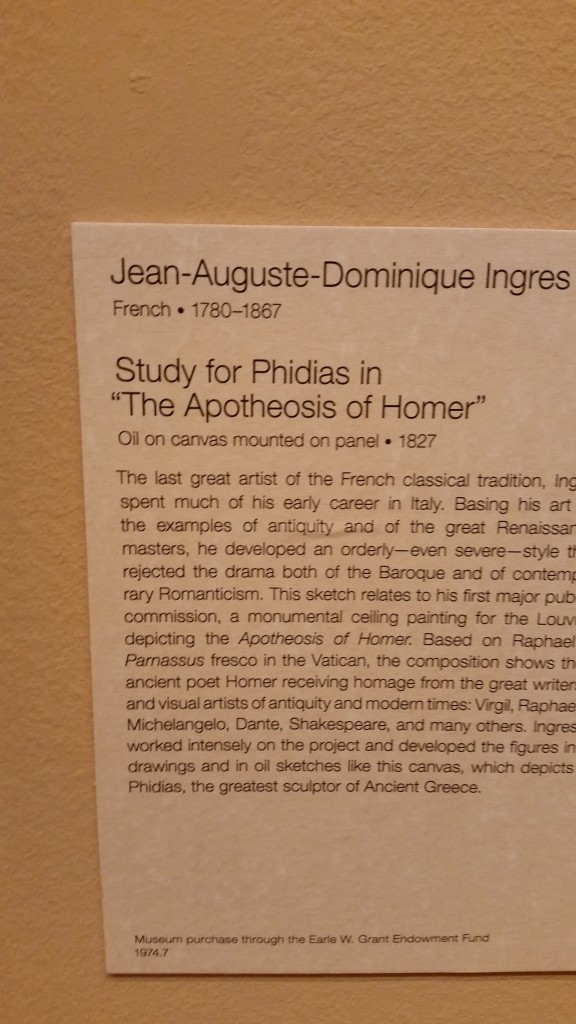
Here is a powerful portrait of a philosopher by the great master Tiepolo….
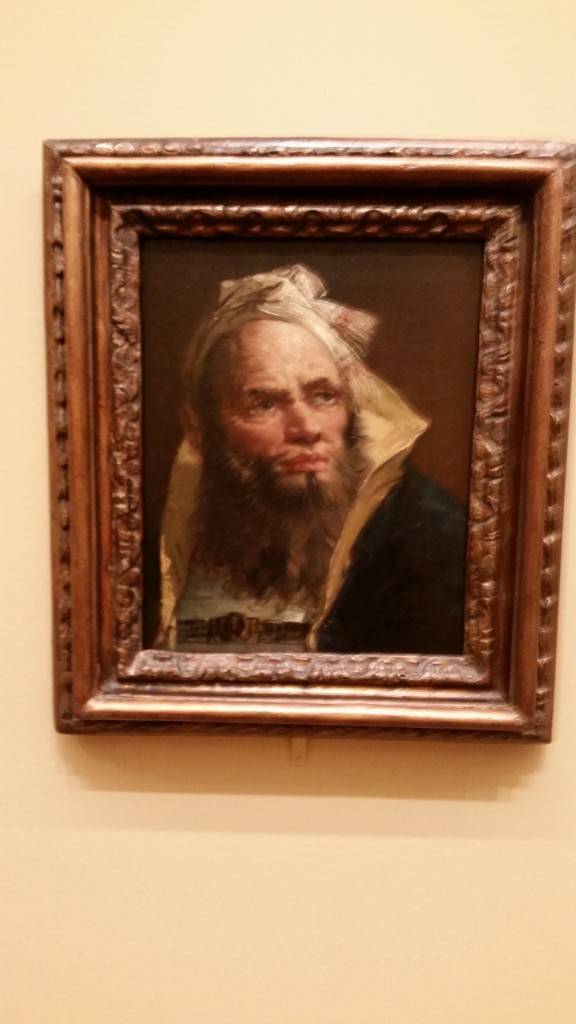
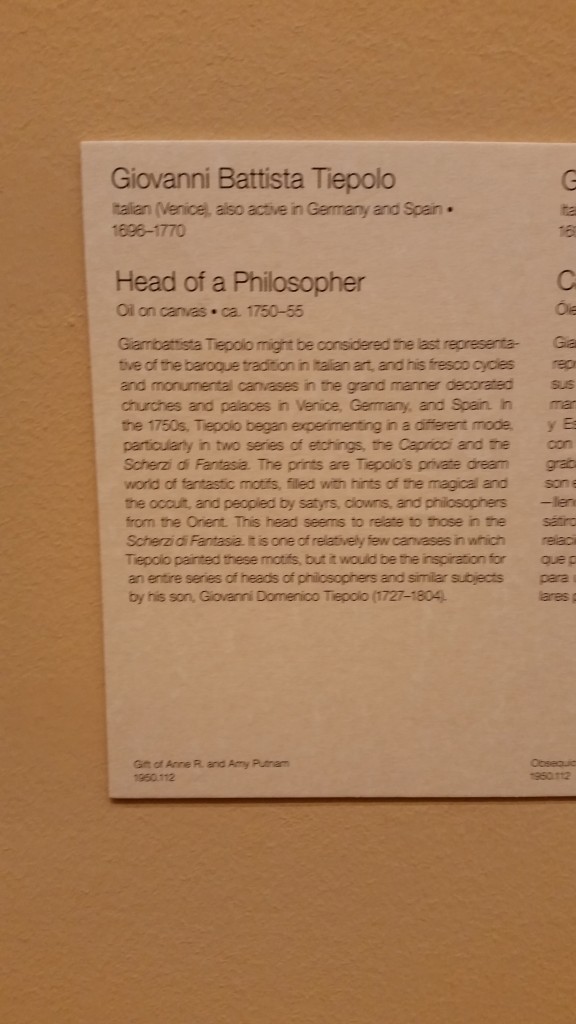
There is some interesting Christian art in the museum, or at least art with Christian subjects, and there is also a nice Impressionist exhibit on loan from a private collection. For example, here is a portrait of the Lamb of God….
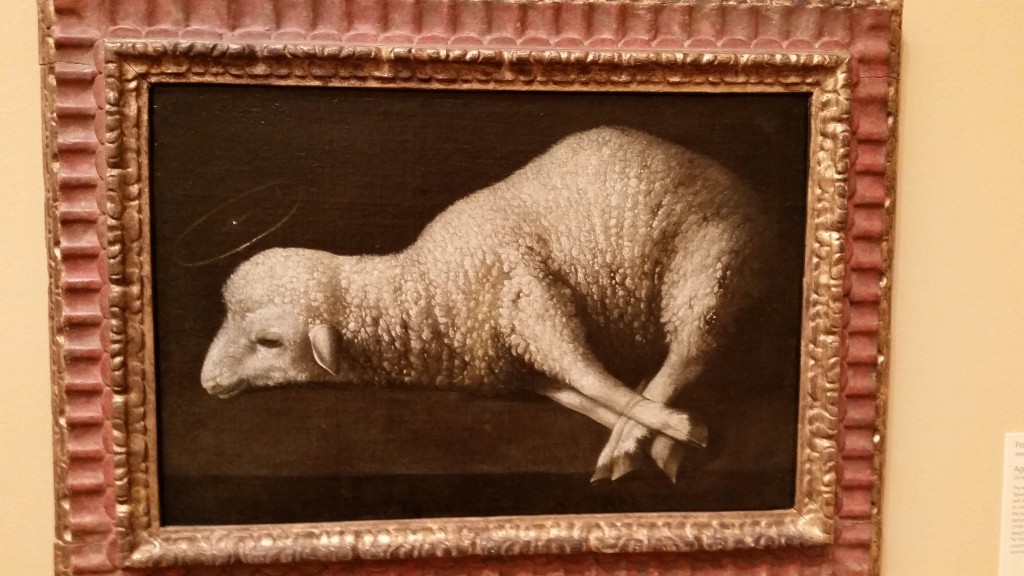 This remarkable painting is a reflection on Is. 53 as applied to Christ, and is by the 16th century Spanish artist Francisco de Zurbaran of Seville. The painting is on one level simple, but with a profound implied message, as conveyed by the fact that the lamb is bound, as if about to be led to slaughter, and yet it is peaceful and accepting of the situation, as Christ was (note the halo).
This remarkable painting is a reflection on Is. 53 as applied to Christ, and is by the 16th century Spanish artist Francisco de Zurbaran of Seville. The painting is on one level simple, but with a profound implied message, as conveyed by the fact that the lamb is bound, as if about to be led to slaughter, and yet it is peaceful and accepting of the situation, as Christ was (note the halo).
There is a bit of stained glass art in this museum, and surprisingly it is by Hans Holbein the Younger, most famous for his portraits of Henry VIII. Apparently he did a lot of sacred art while living in Germany and Switzerland (his dates are 1497-1543). Here we see Christ judged by Pilate, and Christ on the cross.

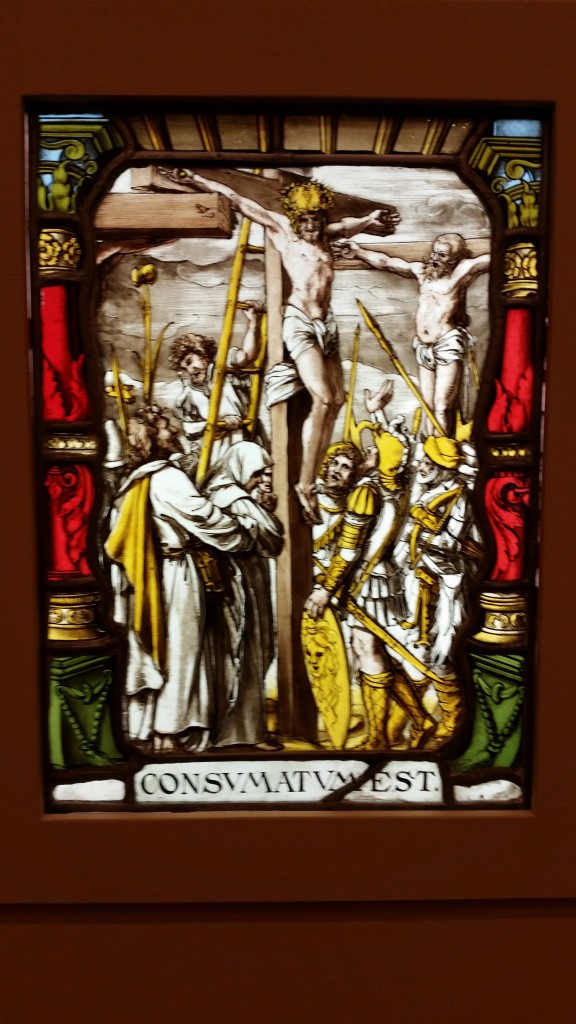
The unmistakeable and deliberately grotesque style of Hieronymous Bosch was often applied to Biblical themes, and here is the Arrest of Christ….
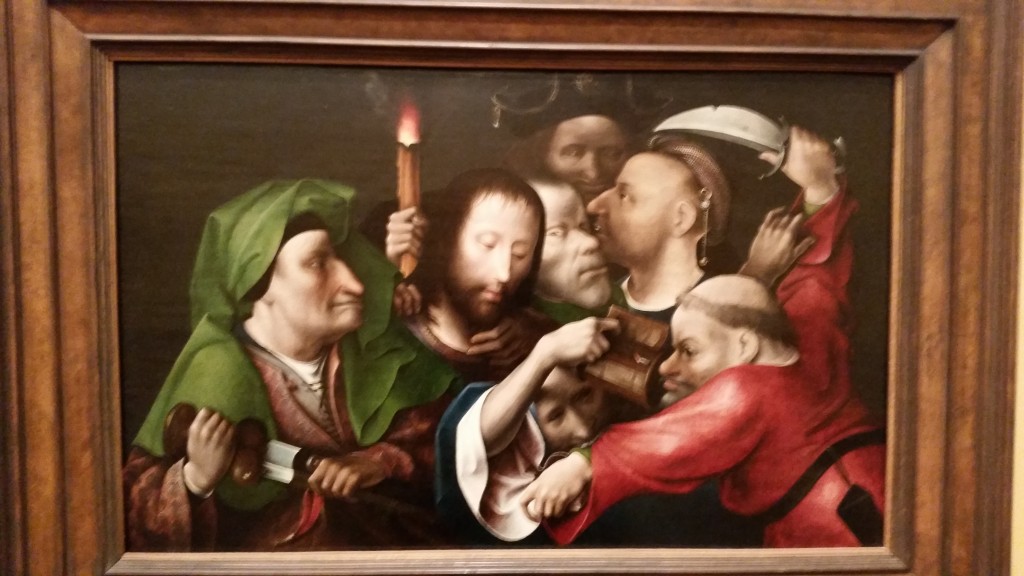
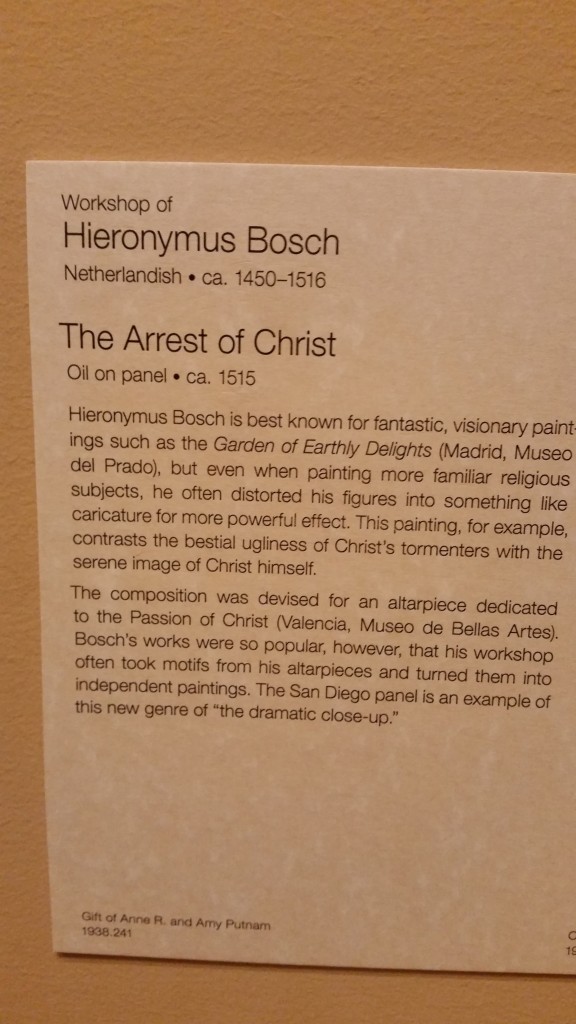
There were a variety of St. Nicks, and here is St. Nicholas of Bari. What is interesting about this and the following works, is they are Western attempts to imitation Orthodox iconic art This is done by Giovanni Bonsi in the 14th century, following the example of Giotto…

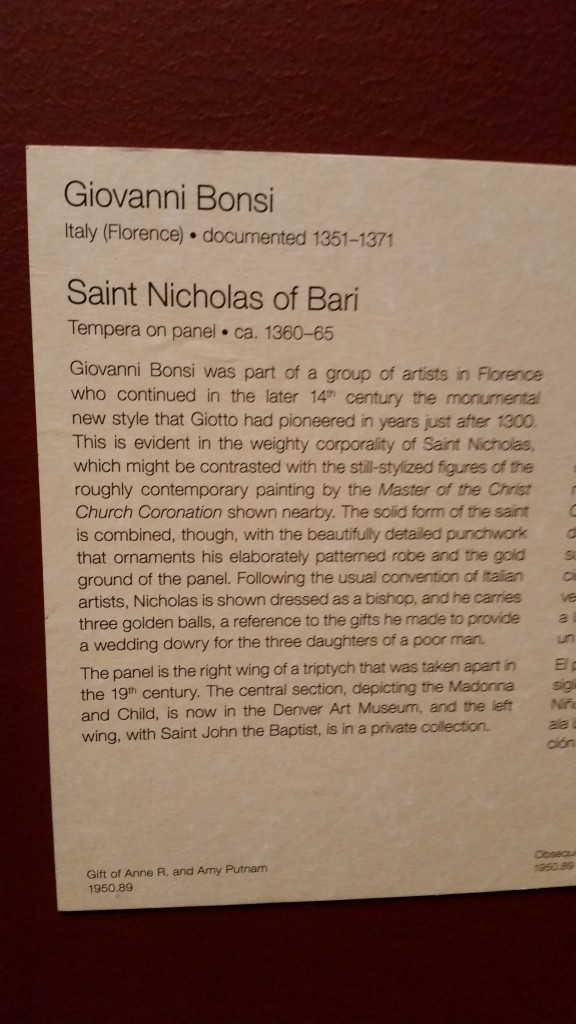
And here is the master himself Giotto, painting the scene from Revelation 4 with the angels shielding their eyes….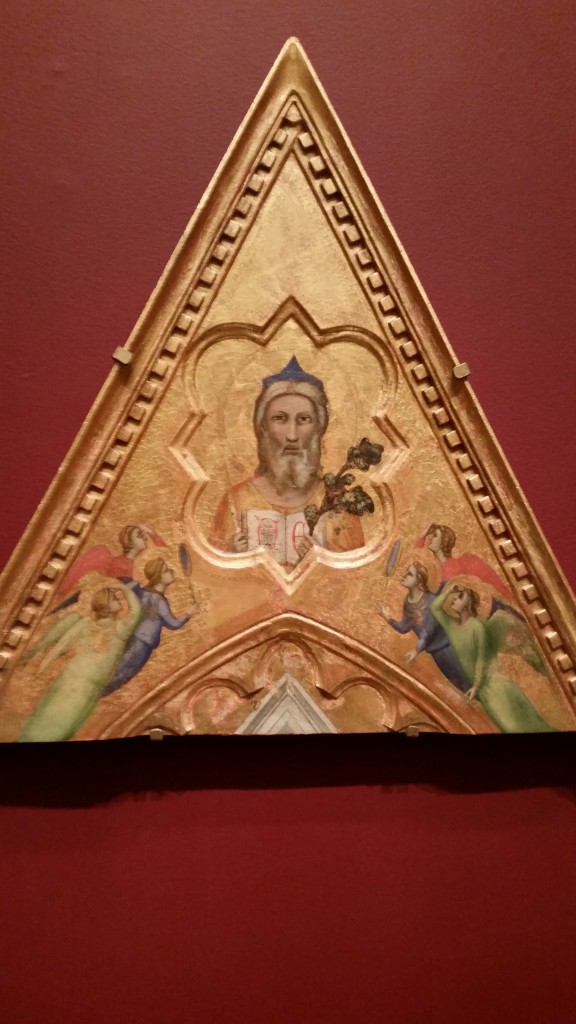
Here is St. John the Divine by the Master of St. Nicholas from about 1475…
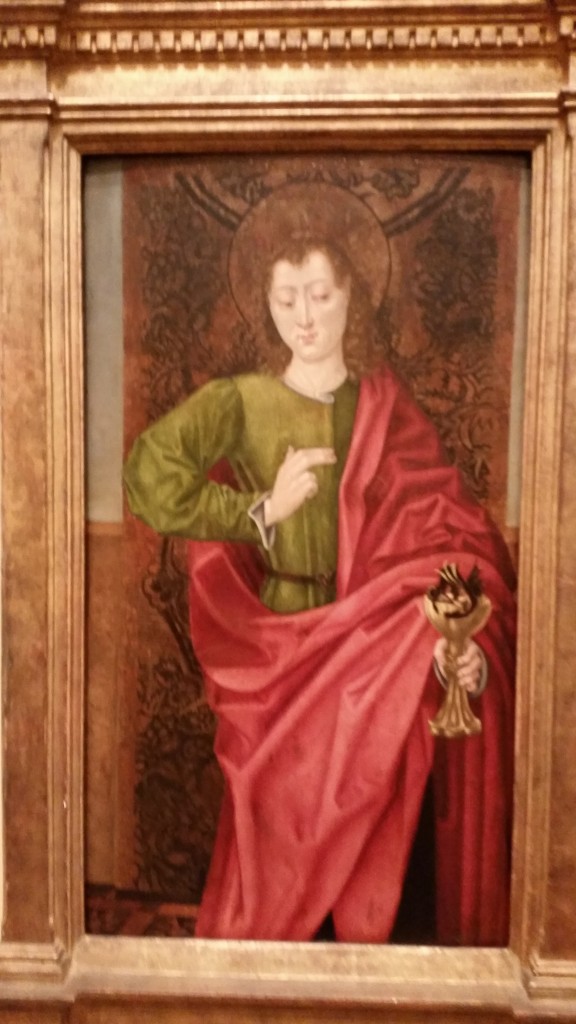
And lastly, this beautiful kneeling angel by Roselli speaks for itself…

